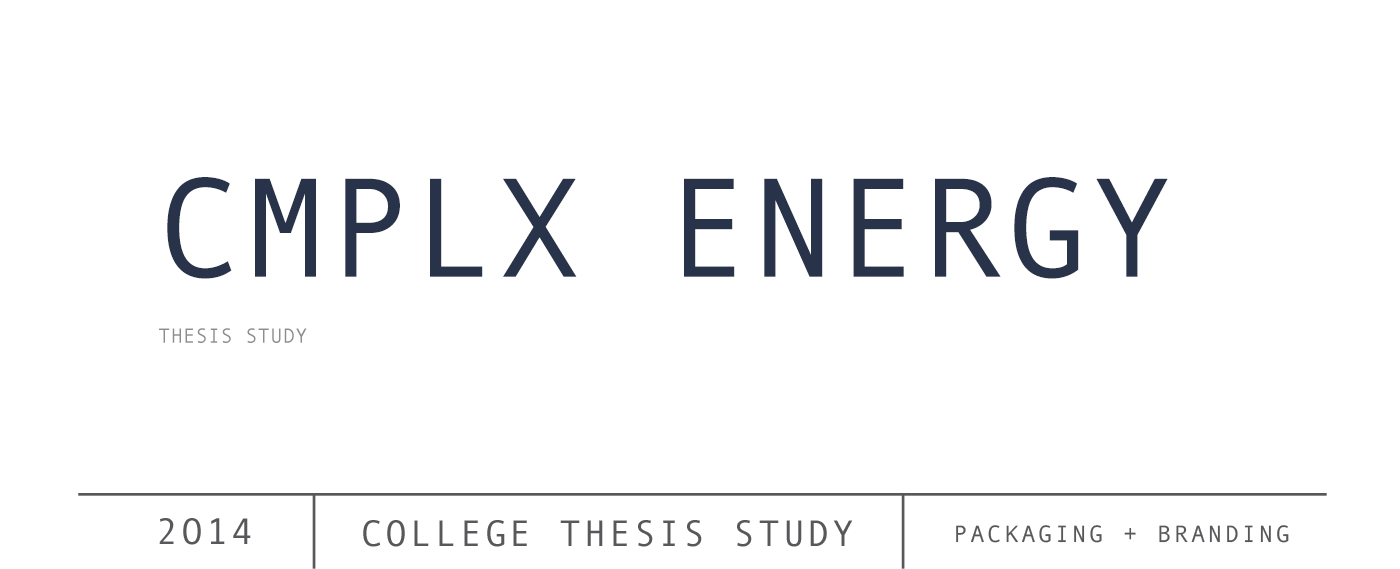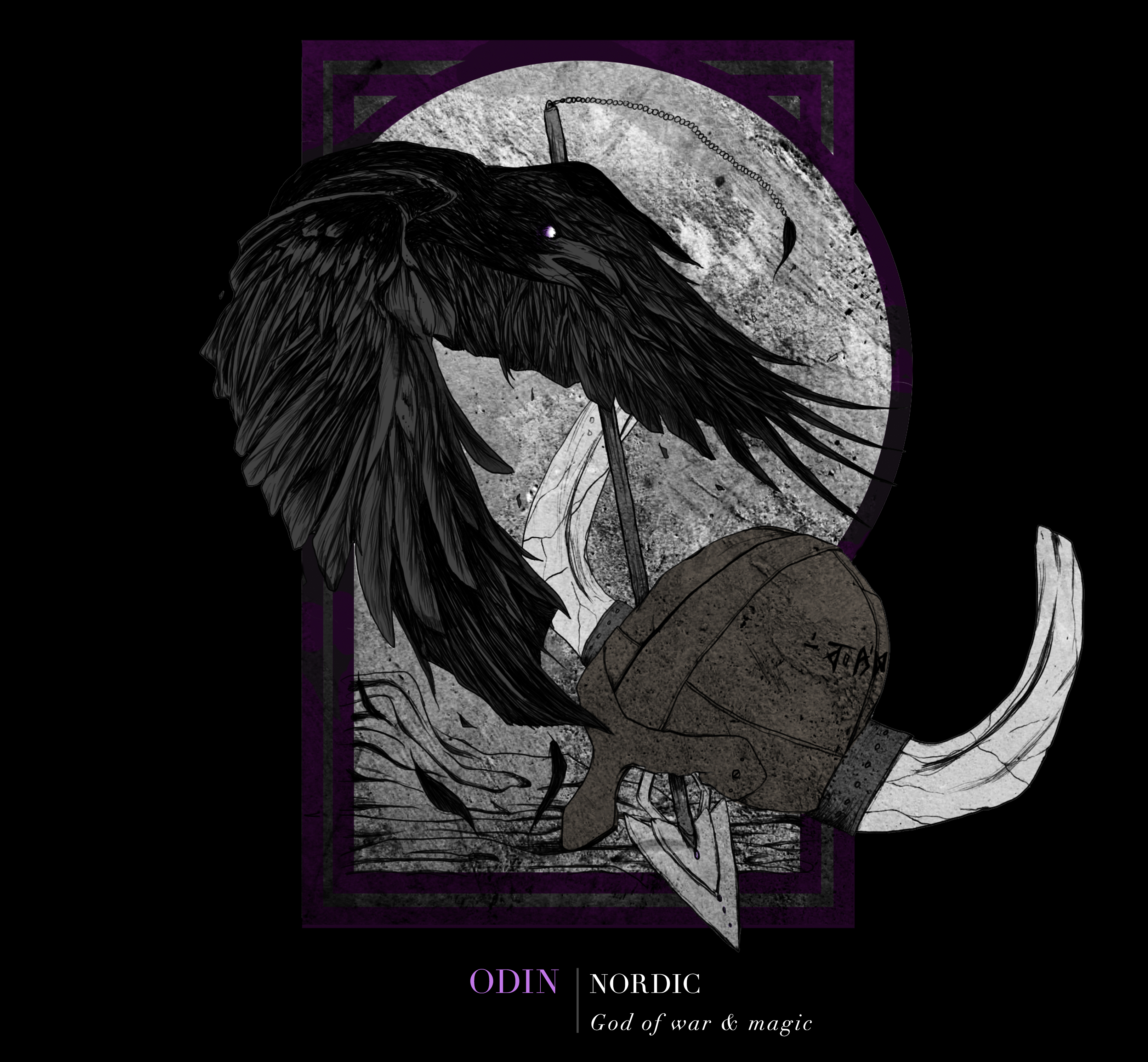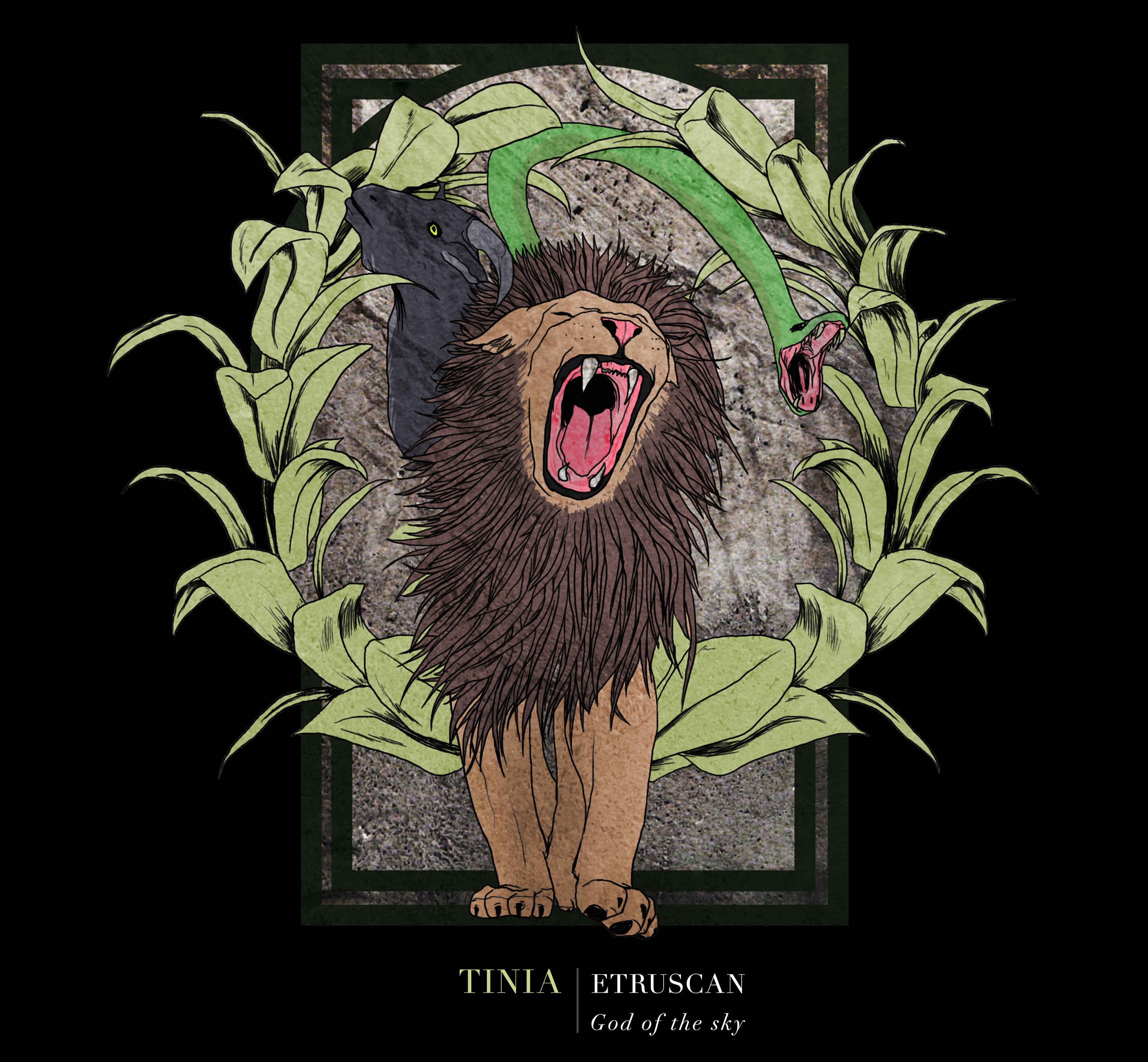PROJECT NO. O8
![]()
Thesis Study —

Thesis Study —
Blurring the Lines in Illustration and Graphic Design
Drawing is the initial skill of all graphic design. To learn to solve design problems with a pencil is the beginnings of the basic training we need to do in order to be able solve problems most effectively. Earlier in graphic design’s history, illustration played an essential function in twentieth century work to combine with typography and image making. There was a deep admiration for the art of rendering an illustration by one’s own hands. Illustration mirrored graphic design in its ability to aim anonymously, conveying messages with personal creative interpretations (Rosenwald). Illustration reflected the personality and style of the individual, much like fine art in charcoal does.
Drawing is the initial skill of all graphic design. To learn to solve design problems with a pencil is the beginnings of the basic training we need to do in order to be able solve problems most effectively. Earlier in graphic design’s history, illustration played an essential function in twentieth century work to combine with typography and image making. There was a deep admiration for the art of rendering an illustration by one’s own hands. Illustration mirrored graphic design in its ability to aim anonymously, conveying messages with personal creative interpretations (Rosenwald). Illustration reflected the personality and style of the individual, much like fine art in charcoal does.

With the onslaught of digital technology in the 1990’s, illustration is no longer seen in the same way. Business-minded graphic designers focused on strategy, branding and finely tuned commercial messages, instead of the previous ‘individual style’ (Gottschall). Even for traditional artists’ views, it became understandable that cutting-edge designs could equal, and even exceed the ideas and visual elements of illustration alone. The erosion of traditional illustration’s place in graphic design can be argued to have been in full declination in the passed decade alone. This could be due to very few sources (ex. The New Yorker) utilizing illustration in its issues regularly. This can be argued to mean a transformation in the art of illustration in print sources also. There are less pen and ink, and more digitally created pieces being circulated around in this day and age.
The art of graphic design is all about taking the components of the essentials such as typographic elements, color, illustrations, and photographs, and combining them all to create one effective message in a uniform, unified design (Heller). In many incidents in the past, an artist will be hired to create a drawing, sketch, diagram, etc. for an assignment that would then be circulated to a professional graphic designer in order for the illustrative work to be incorporated into the project; whether it be a poster, a business card, etc. Today, professional artists from around the world are so effortlessly accessible, and are hired to construct a digital design or image for the clientele; as distribution of the hard copies of illustrations are outdated and also costs money to ship. With the help of technology, these artists are able to work right from their home on the image, and easily change a minor correction that (back when illustrators made hard copies of their work) would have made the illustrator begin the piece anew.
On some occasions, the graphic designer could also produce his or her own artworks to go hand-in-hand with their designs (given he or she has the skillset to do so). This includes paintings, and drawings, but these are not yet considered an essential part of a graphic designer’s repertoire. It can however, be favorable to a career or business if a designer does create his or her own artwork, as they could save some money by finalizing more tasks by themselves (Gomez-Palacio, Armin). Any accompanying artistic abilities can infinitely improve a designer’s chances at achieving certain positions at a professional design organization.
The art of graphic design is all about taking the components of the essentials such as typographic elements, color, illustrations, and photographs, and combining them all to create one effective message in a uniform, unified design (Heller). In many incidents in the past, an artist will be hired to create a drawing, sketch, diagram, etc. for an assignment that would then be circulated to a professional graphic designer in order for the illustrative work to be incorporated into the project; whether it be a poster, a business card, etc. Today, professional artists from around the world are so effortlessly accessible, and are hired to construct a digital design or image for the clientele; as distribution of the hard copies of illustrations are outdated and also costs money to ship. With the help of technology, these artists are able to work right from their home on the image, and easily change a minor correction that (back when illustrators made hard copies of their work) would have made the illustrator begin the piece anew.
On some occasions, the graphic designer could also produce his or her own artworks to go hand-in-hand with their designs (given he or she has the skillset to do so). This includes paintings, and drawings, but these are not yet considered an essential part of a graphic designer’s repertoire. It can however, be favorable to a career or business if a designer does create his or her own artwork, as they could save some money by finalizing more tasks by themselves (Gomez-Palacio, Armin). Any accompanying artistic abilities can infinitely improve a designer’s chances at achieving certain positions at a professional design organization.






James Victore is a graphic designer who focuses on illustration-heavy designs intertwined with text that perfectly fits every design he creates. He works on paper and refines ideas each day as the day goes on (Glei). His illustrations in the designs he produces creates a strong feeling to the viewer of whatever it is that he wants the message to convey. This is due to the strong connection that his typography shares with his illustration. These sorts of designs that allow the viewer to stop and think are the best kinds of designs out there.
Conversely, the average designer does not need to know how to draw in order to be an adequate artist. A designer in this day and age does not need to do anything any ‘professional’ might recommend (Rosenwald). Today, it is merely too easy to create a clever, clean, professional-looking design without having to do what a lot of what the old master designers a generation ago struggled to do.
Conversely, the average designer does not need to know how to draw in order to be an adequate artist. A designer in this day and age does not need to do anything any ‘professional’ might recommend (Rosenwald). Today, it is merely too easy to create a clever, clean, professional-looking design without having to do what a lot of what the old master designers a generation ago struggled to do.
Illustration’s seemingly imminent replacement by graphic design is due to the degradation of illustration’s ‘voiced explicitness’ that can not be achieved by pictures alone. It is able to more easily combine verbal signposting with powerful images.
As designer Milton Glaser once stated, “In a culture that values commerce above all other things, the imaginative potential of illustration has become irrelevant… Illustration is now too idiosyncratic” (Shaughnessy).
In marketing and business communications, words dominate (McAlhone). Direct language that is in sync with compelling, powerful images are exponentially more influential than interpretive illustrative artwork alone. The advertising realm does not want the consumer to think too long about the message trying to be conveyed to them. To them, the more direct, the better. James Victore fits in this category perfectly with his distinctive slap-in-the-face sort of style. His designs are concise and right to the point, which is what makes him so famous and successful in the design world.
Graphic design’s advantage is its power to deliver direct and influential messages to the viewer (McAlhone). Thus making graphic design dominant in the modern art world. Illustration seems to be destined to be a form of old-fashioned art that provides a look at our past, rather than our future. Many purists mourn the current state of the arts (Rosenwald), but illustration appears to be destined to become a rare ‘breed’, a small portion of the graphic design world, rather than being utilized to make one knockout piece.
One cannot point the finger at a single reason for the demise of illustration’s importance, but those who do, point to the commercial world’s desire for photography rather than the interpretive-creative approach of hand-created imagery. The speed of creation and the effortless ability to edit the end product are also important factors contributing to the inclination of working with photography over illustration. Current software is allowing photographers and editors to easily manipulate the final piece. With the rise of easily accessible illustrative stock in digital libraries online, there is less need for different supplementary hand-drawn work.
–About CMPLX
One of the dreams I have for myself is to change how people view ‘art’ in relation to the world around them. I want them to be taken over by the beauty of the artwork and be overwhelmed with its details, which is why I use such meticulous illustrations in my thesis. The idea behind my thesis has to do with gods and how they relate to nature. Their sheer force and control is what makes them the great gods that they are, so I wanted to tether this idea to a natural, good-for-you energy drink that allows the subject to feel like one of these gods without suffering the repercussions that any other energy drink would give them.
The reasoning for the gods being portrayed as animals is the idea of symbolism to express an idea with minimal information. With this minimalistic theme in mind, I chose a simple, memorable logo and package design for these natural energy drinks. Utilizing these symbols and animals that the gods are represented by stems back to the idea of nature; these gods created the items on their own respective label with illustrations as regal as their tales.
Glei, Jocelyn K. "99U." 99U RSS. 99U, n.d. Web. 23 Nov. 2012. <http://99u.com/articles/6944/James-Victore-Dont-Be-A-Design-Zombie>.
Gomez-Palacio, Bryony, and Armin Vit. Graphic Design, Referenced: A Visual Guide to the Language, Applications, and History of Graphic Design. Beverly, MA: Rockport, 2009. Print.
Gottschall, Edward M., and Aaron Burns. Typographic Communications Today. New York, NY: International Typeface, 1989. Print.
Heller, Steven, and Mirko Ilić. The Anatomy of Design: Uncovering the Influences and Inspirations in Modern Graphic Design. Gloucester, MA: Rockport, 2007. Print.
Hinrichs, Kit, and Delphine Hirasuna. TypeWise. Cincinnati, OH: North Light, 1990. Print.
Hollis, Richard. Graphic Design: A Concise History. New York: Thames and Hudson, 1994. Print.
McAlhone, Beryl, and David Stuart. A Smile in the Mind: Witty Thinking in Graphic Design. London: Phaidon, 1996. Print.
Meggs, Philip B. Type and Image: The Language of Graphic Design. Van Nostrand Reinhold: n.p., 1989. Print.
Meggs, Philip B., Alston W. Purvis, and Philip B. Meggs. Meggs' History of Graphic Design. Hoboken, NJ: J. Wiley & Sons, 2006. Print.
Rosenwald, Laurie. "Illustration: Graphic Design’s Poor Relation." Communication Arts. Coyne & Blanchard, Inc., 2008. Web. 14 Sept. 2012. <http://www.rosenworld.com/?page_id=113>.
Shaughnessy, Adrian. "Graphic Design vs. Illustration." : Observatory: Design Observer. The Design Observer Group, 15 Oct. 2006. Web. 14 Sept. 2012. <http://observatory.designobserver.com/entry.html?entry=4857>.
︎ BACK